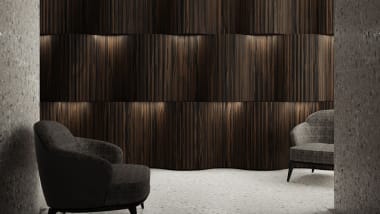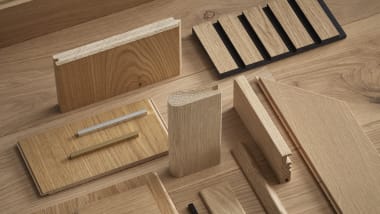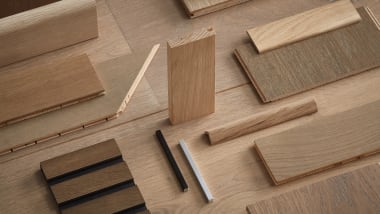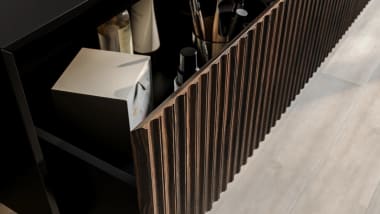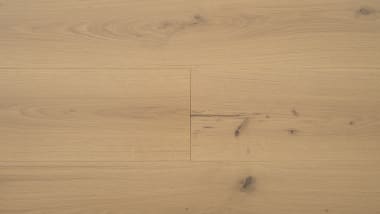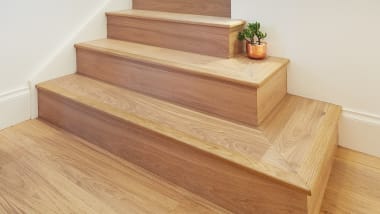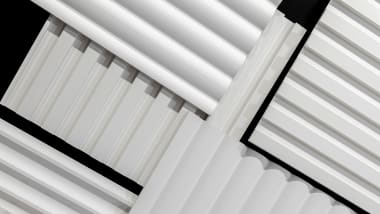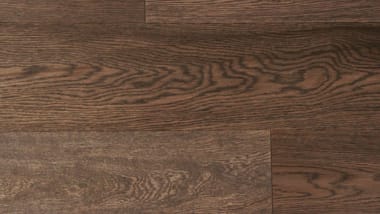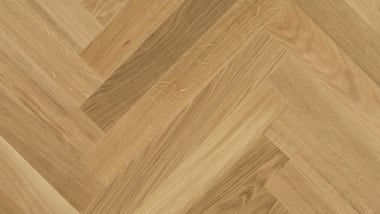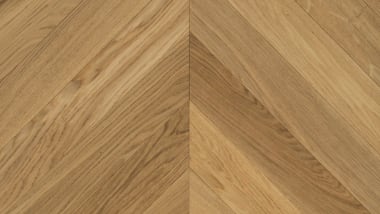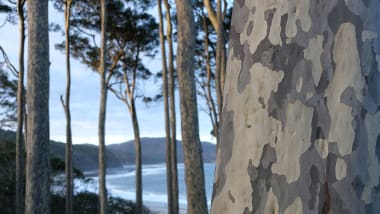How To Design A More Eco-Friendly Home
23 Nov 2020
Designing a home is about more than just aesthetics. Of course, looks are important, but if you’re designing a home from scratch you have a unique opportunity to make it as green as possible while creating the comfort and functionality you need. Whether you’re swapping disposable coffee cups for Keep Cups on the job site, updating the appliances, or opting to use eco-friendly materials to build and decorate the home, the future is all about reducing our carbon footprint.
Here are four ways to make eco-friendly choices when designing a home.
There are many advantages to building an eco-friendly home and using ethically-sourced materials. Eco-friendliness can drive down power bills by reducing energy consumption, increase comfort by providing better insulation to reduce draughts, and support sustainable industries. On top of that, each eco-friendly choice you make in the design and build process is a chance to inspire others to follow suit. Getting a modern, stylish, and unique interior in the process is really just the cherry on top.
Here are four ways to make eco-friendly choices when designing a home.
1. Make the most of the light

Eco-friendly home design starts by harnessing the power of the sun. There are few different ways you can go about this - for example, investing in solar panels, installing skylights, and choosing double-glazed windows. Being strategic about placement means the owner can light the home as cheaply as possible while minimising heat transfer and creating a stylish and modern look.
About two million Australian households now generate solar power, and the NSW government’s Energy Saver website estimates the average household can save up to $900 per year by installing a four-kilowatt solar system on their roof. Australia has abundant sunshine, which is essentially free energy, so it’s a very effective way to reduce the carbon footprint of the home.
Next, consider the atmosphere you’re creating. One of the best ways to make a home eco-friendly is to install skylights and windows, because they can make a huge difference to the way it feels when you step inside, but it’s important to do your research. Products like Ecovue uPVC windows and doors use two panes of glass, separated by a gap filled with argon gas. This allows light to flow through uninterrupted while improving the thermal performance of the home, because the gap acts as insulation. This naturally helps the home stay cooler in summer, and warmer in winter. The designs are streamlined and stylish, particularly when paired with modern curtains and blinds.
The final step, related to light, is to choose efficient lighting. When LEDs first came out, they tended to have a cold, blue look. That’s no longer the case - a quick trip to your local hardware store will reveal plenty of options that will provide a soft, warm glow that will pair well with any light fixture.
Product pictured above: HW2214 Clermont PurePlank
2. Source eco-friendly products
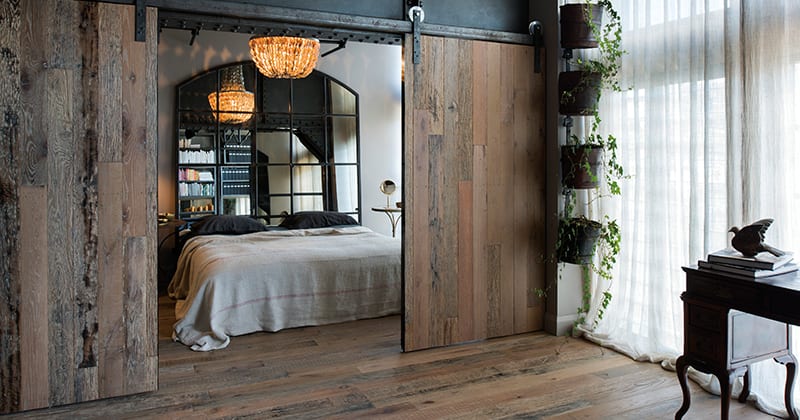
The growing trend towards greener homes means there are lots of wonderful products on the market made from recycled or sustainably-sourced materials. Havwoods PurePanel® is one of them. It’s a brand-new collection of pre-finished real wood veneer panels, creating a distinctive look that can be used on walls, cabinetry, and just about any other surface in the home. It makes use of slow-growth hardwood timbers sourced from environmentally responsible mills in Europe, and it adds a beautifully warm look and feel to interiors while offering huge time and cost savings.
Builders can also find excellent, sustainably-made construction materials. Take Hempcrete, for example, which is made from hemp, lime, and water. Hemp is a water-efficient plant that can be grown without chemicals, and when it’s mixed with lime, it creates a natural concrete with insulating benefits. It’s naturally mould-proof and termite proof, so you can feel good about using it.
FireCrunch is another great example. It’s an Australian owned company that manufactures cladding material that is specifically designed for bushfire-prone areas. It’s made from a non-toxic fibre composite mix that contains magnesium oxide, which acts as a deterrent to termites and other insects.
However, nothing adds character to a build quite like recycled products - and we’re not saying you have to fill the home with furniture made from pallets. Salvaged timber such as our Reclaimed Barn Oak, bricks, doors, and even glass can add unique and stylish touches not just in construction, but home decor. It’s definitely worth keeping an eye on Facebook Marketplace, Gumtree, and eBay for bargains. Who knows what you’ll find? Reusing and recycling products in creative new ways is a great way to be green.
Product pictured above: RECM2025 Reclaimed Barn Oak
3. Optimise the airflow
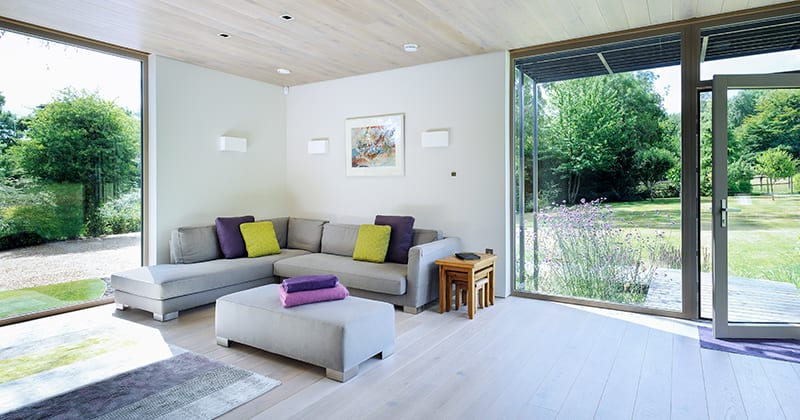
Airflow might seem like a given. All you need to do is open up the windows and occasionally allow the home to vent, right? Well, that’s a good start - especially when there’s a cool breeze at the end of a hot summer day - but there’s much more you can do to reduce the home’s carbon footprint.
When you’re planning the home, or the renovations, consider the orientation and the layout. This is relevant when you’re deciding on things like verandas and eaves, which are a great way to strategically create shade, so you can minimise the summer sun and maximise the winter warmth. Think about local weather patterns, so you can position windows in a way that will allow breezes to naturally cool the home instead of relying solely on air-conditioning systems. You can also advise the owner to plant deciduous trees, which block light when it’s hot and filter it through when it’s cold.
It’s really important to make sure the home is properly insulated and sealed. A little research in the design phase can save the owner a lot down the road, and make the home much more comfortable. Earthwool, by Knauf Insulation, is a type of glass wool insulation with GreenTag’s GreenRate Level. It’s made from recycled glass, with natural colouring, and is packed as sustainably as possible.
Product pictured above: HW3622 Blanco Venture Plank
4. Think about water use
All environmentally-friendly home designs in Australia will inevitably aim to be as conservative with water as possible. Choosing water-efficient toilets and showers is easy, thanks to the federal government’s Water Efficiency Labelling and Standards (WELS) scheme. It requires vendors to provide labels that indicate how much water a product uses per minute, allowing you to compare and contrast fittings until you find something that is both stylish and environmentally-friendly.
You can also install a rainwater tank to provide water for the garden, as well as tasks like laundry, or you can talk to a plumber about saving the greywater. Water is a precious resource, but the good news is there are lots of ways to cut down on water bills and make it stretch as far as possible.
Complete your eco-friendly home design with a Havwoods engineered timber floor
If you’re searching for eco-friendly engineered timber flooring, cladding or wall panelling, look no further than Havwoods.
Please contact our friendly team to learn more about our products, or order a free flooring sample online to see the Havwoods difference for yourself.
You may also wish to visit one of our flooring showrooms in Sydney, Newcastle and Melbourne, where we have a number of COVID-safe measures in place to ensure the safety of staff and customers.
As an alternative, we’re offering virtual showroom appointments, which means you can visit Havwoods from the comfort of your home or office.



